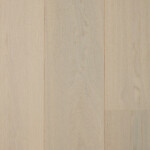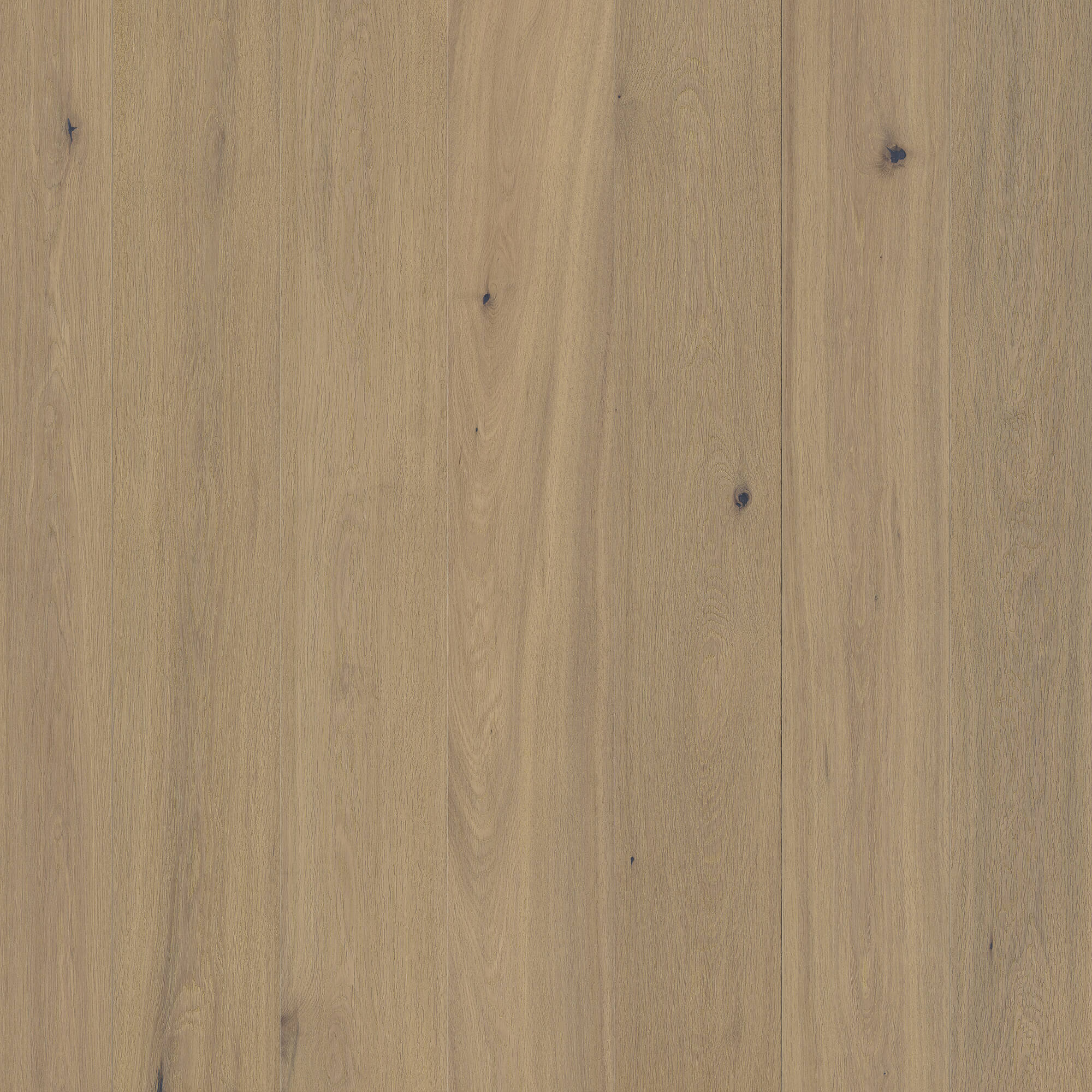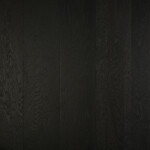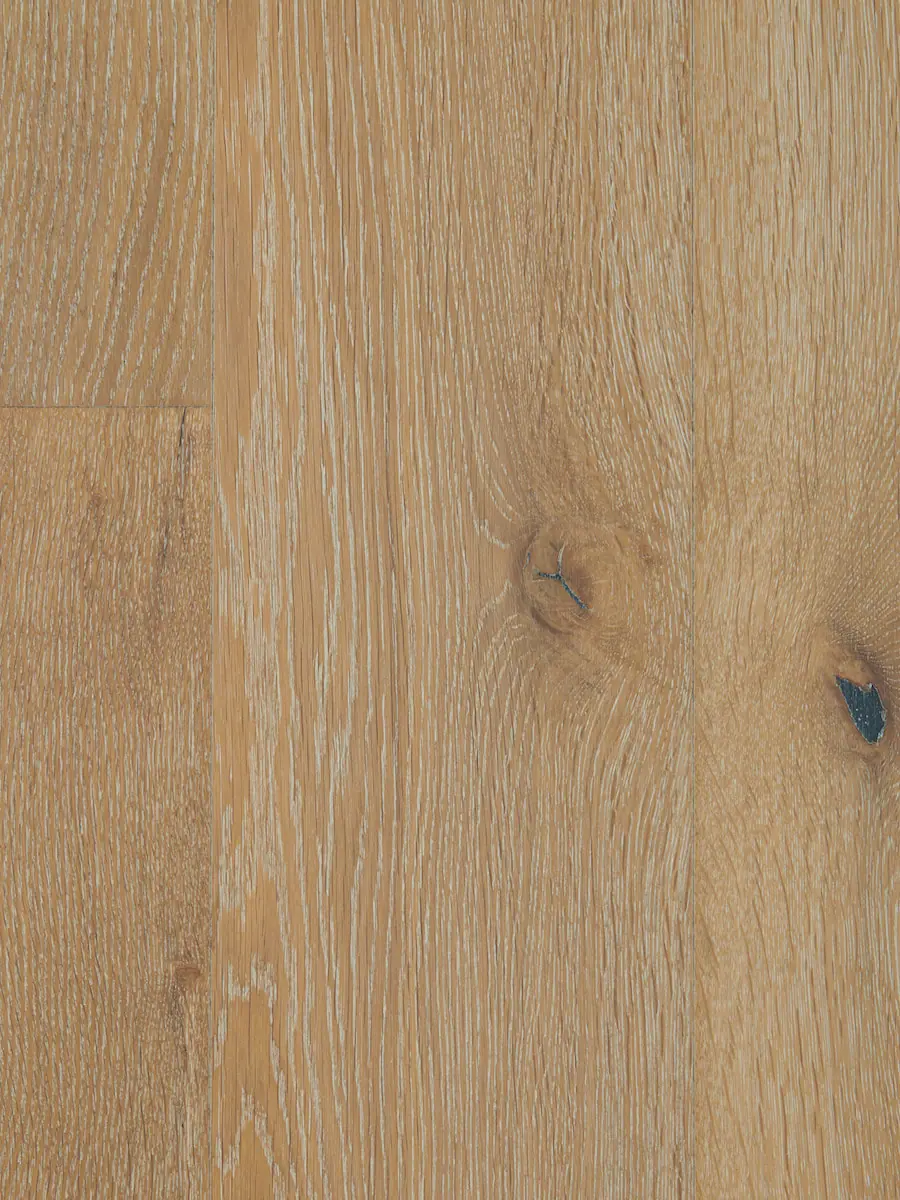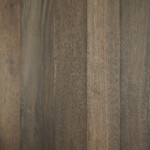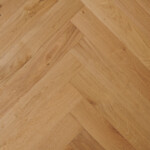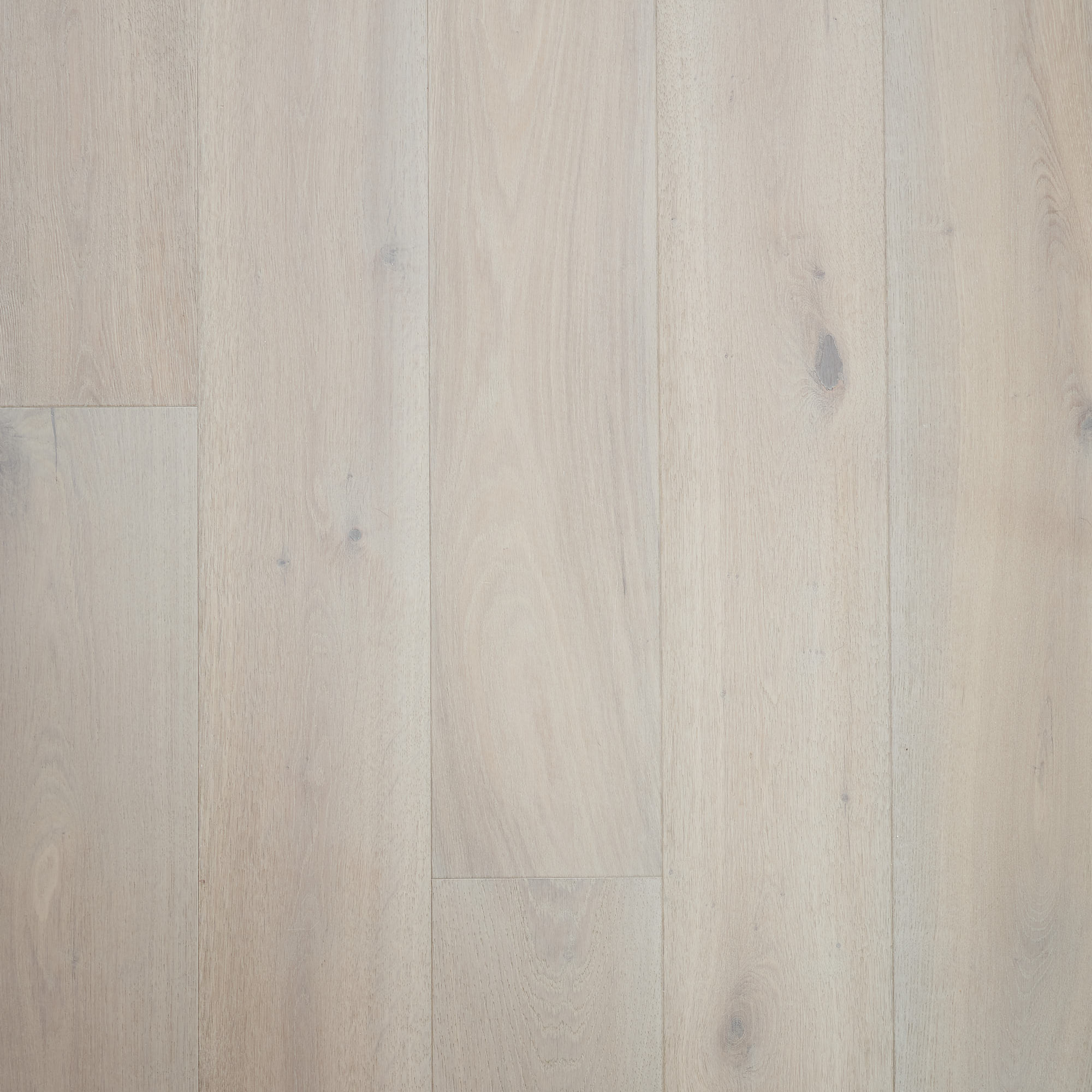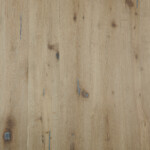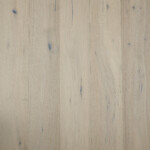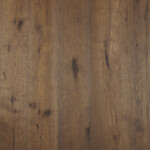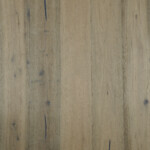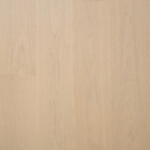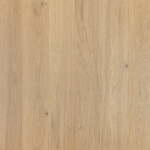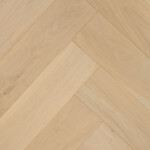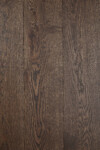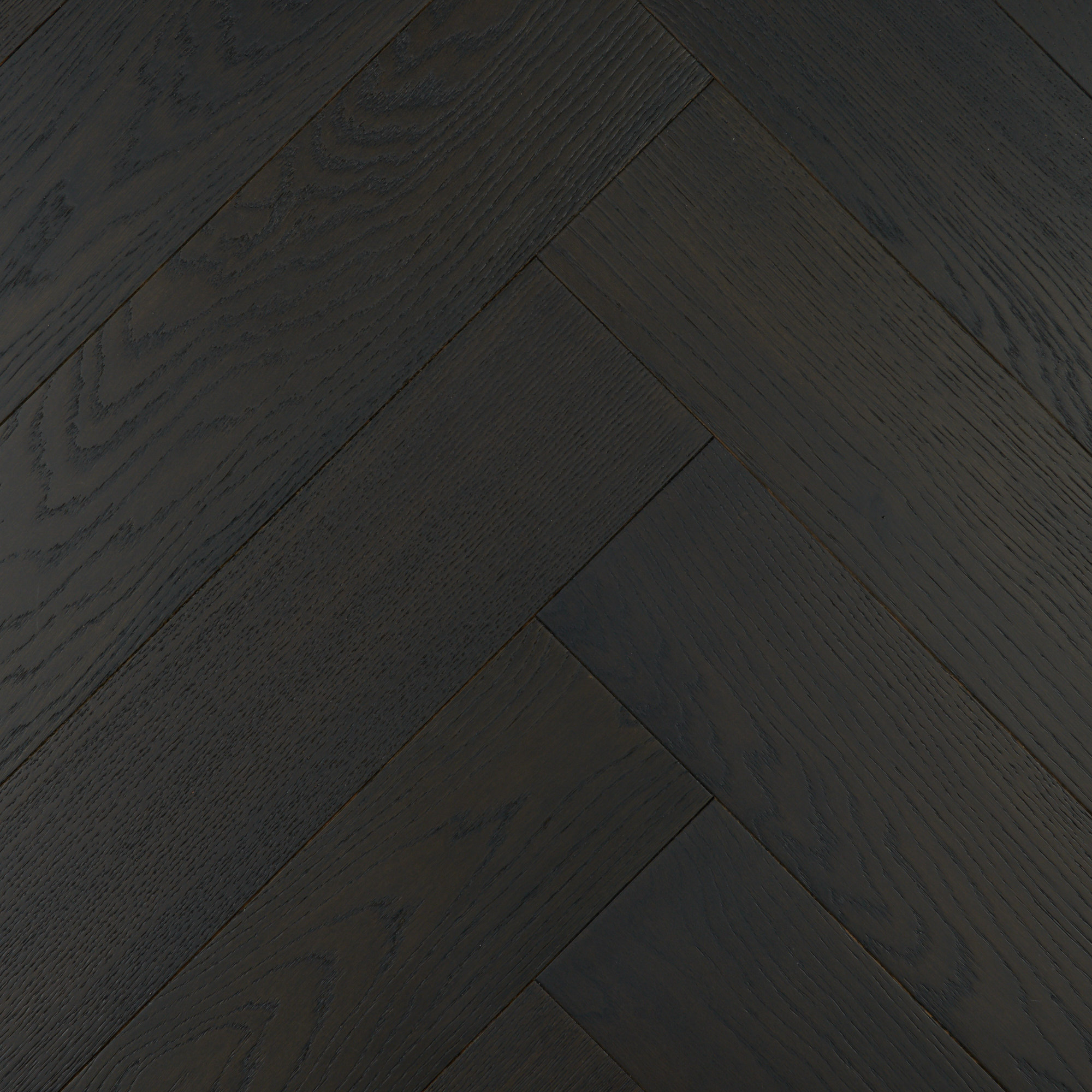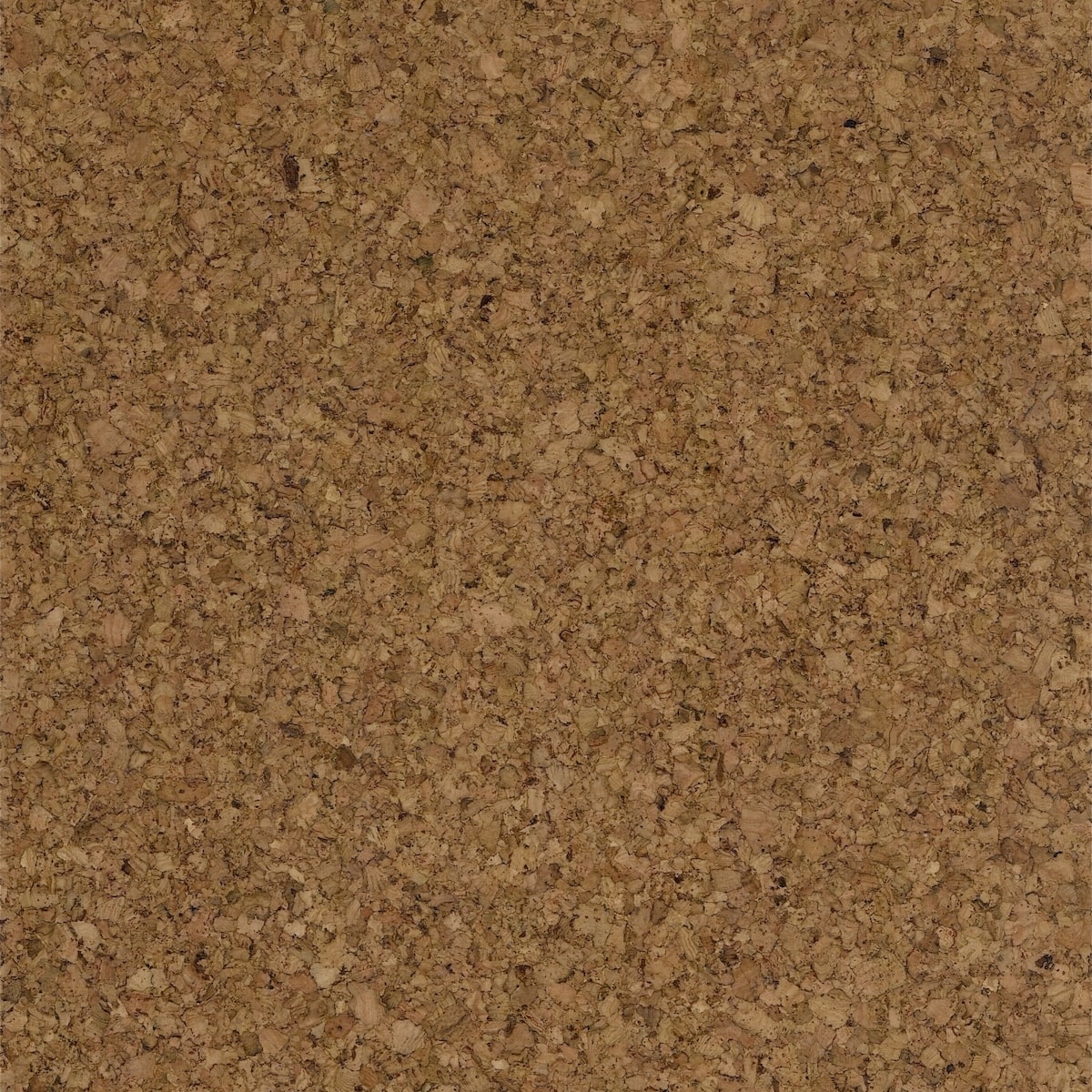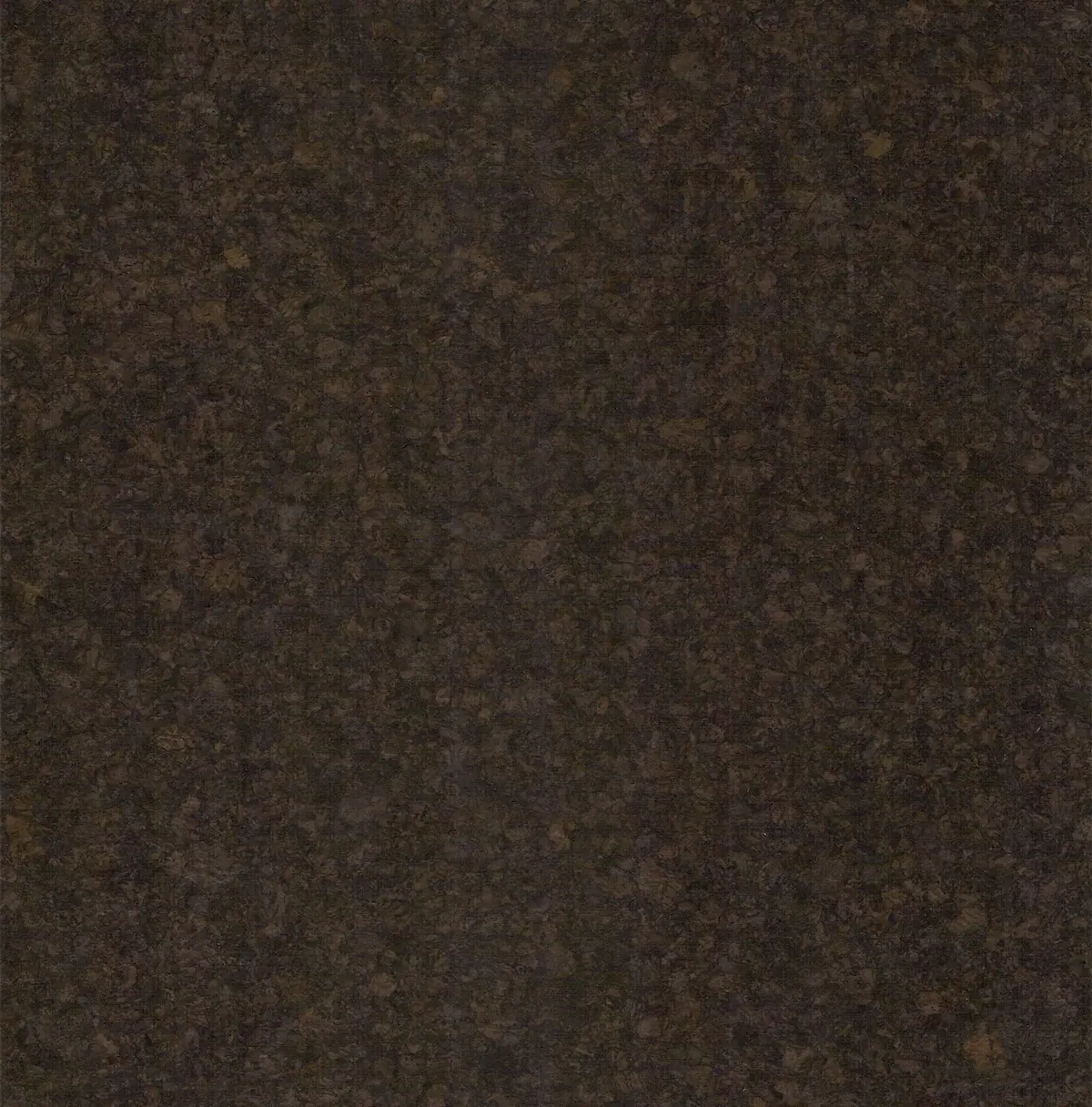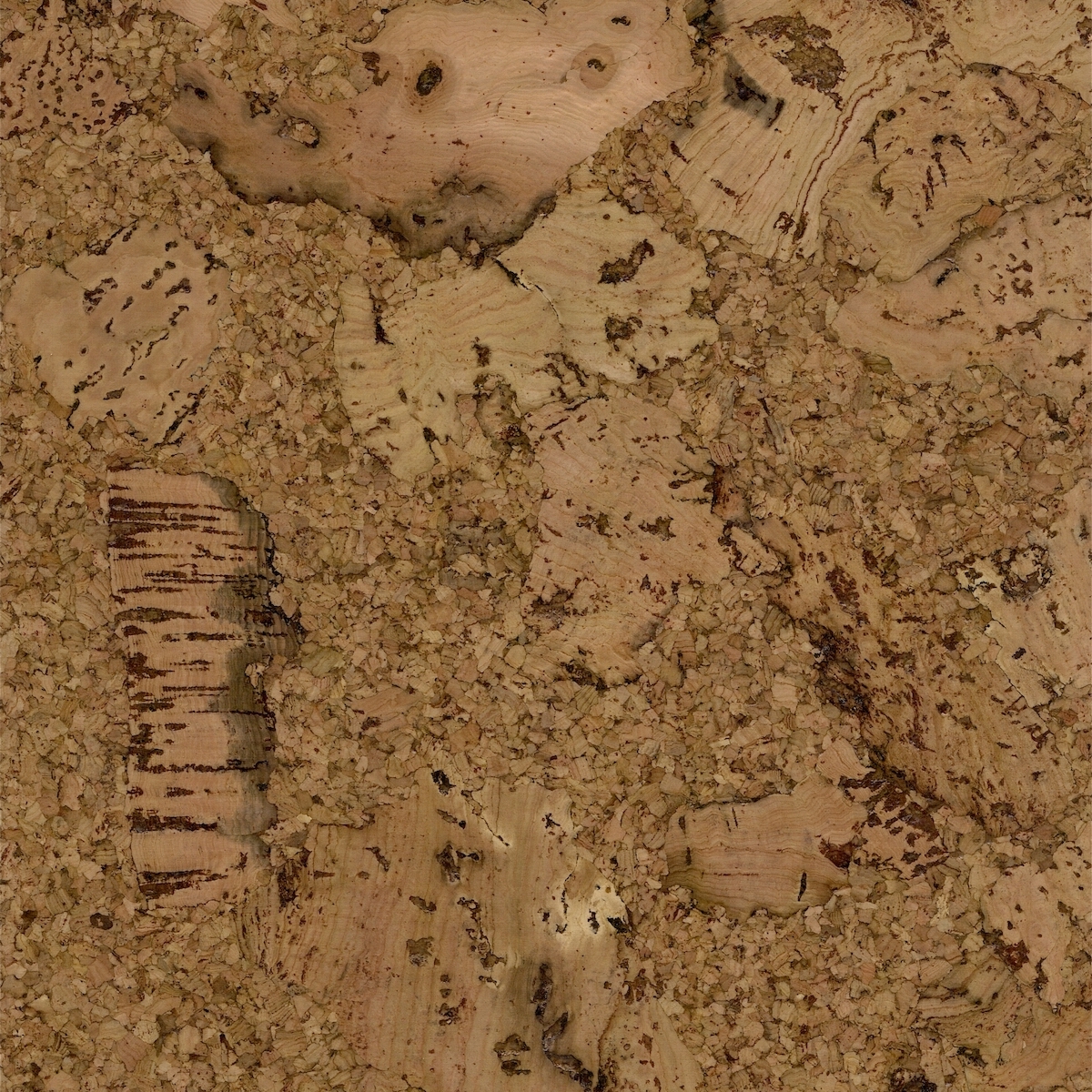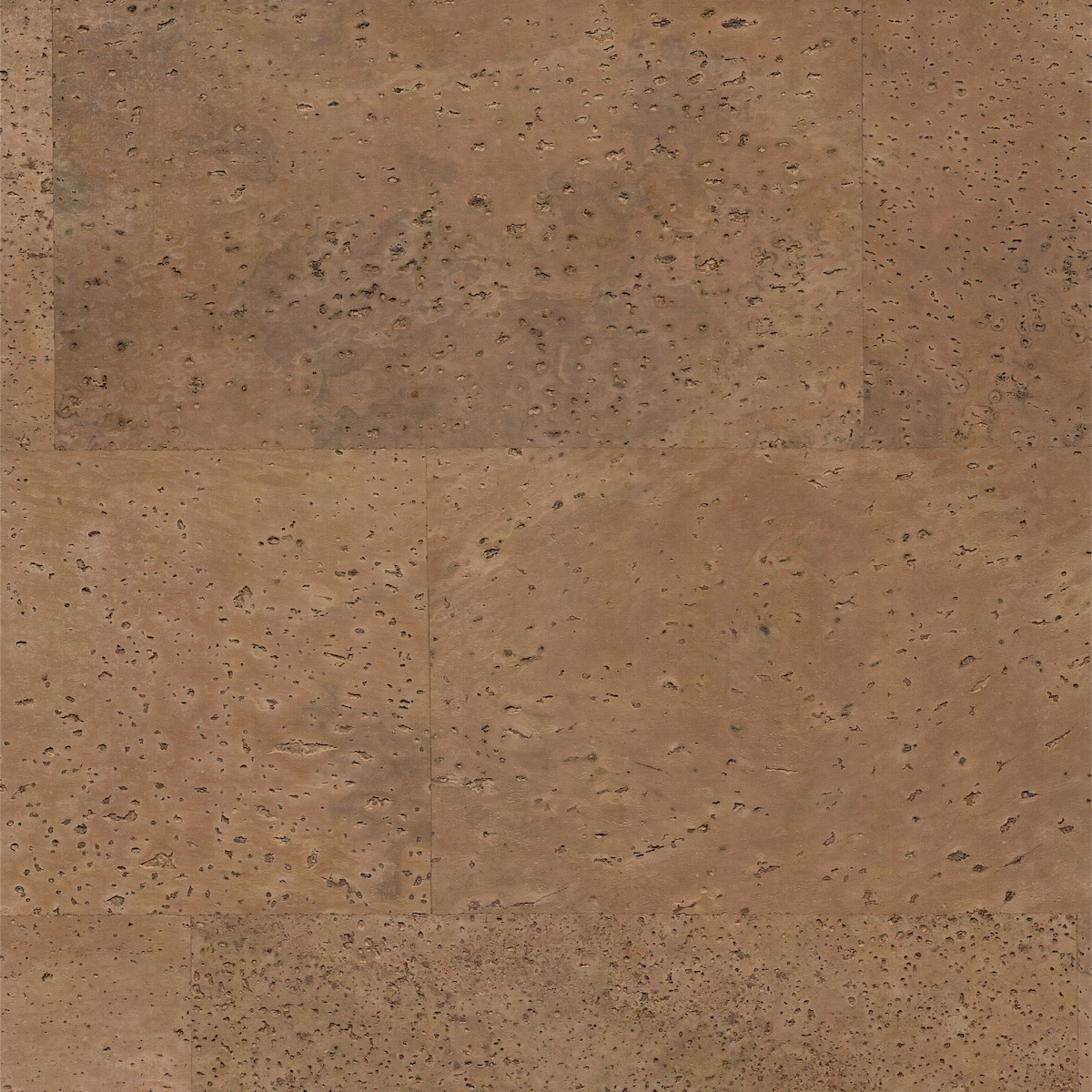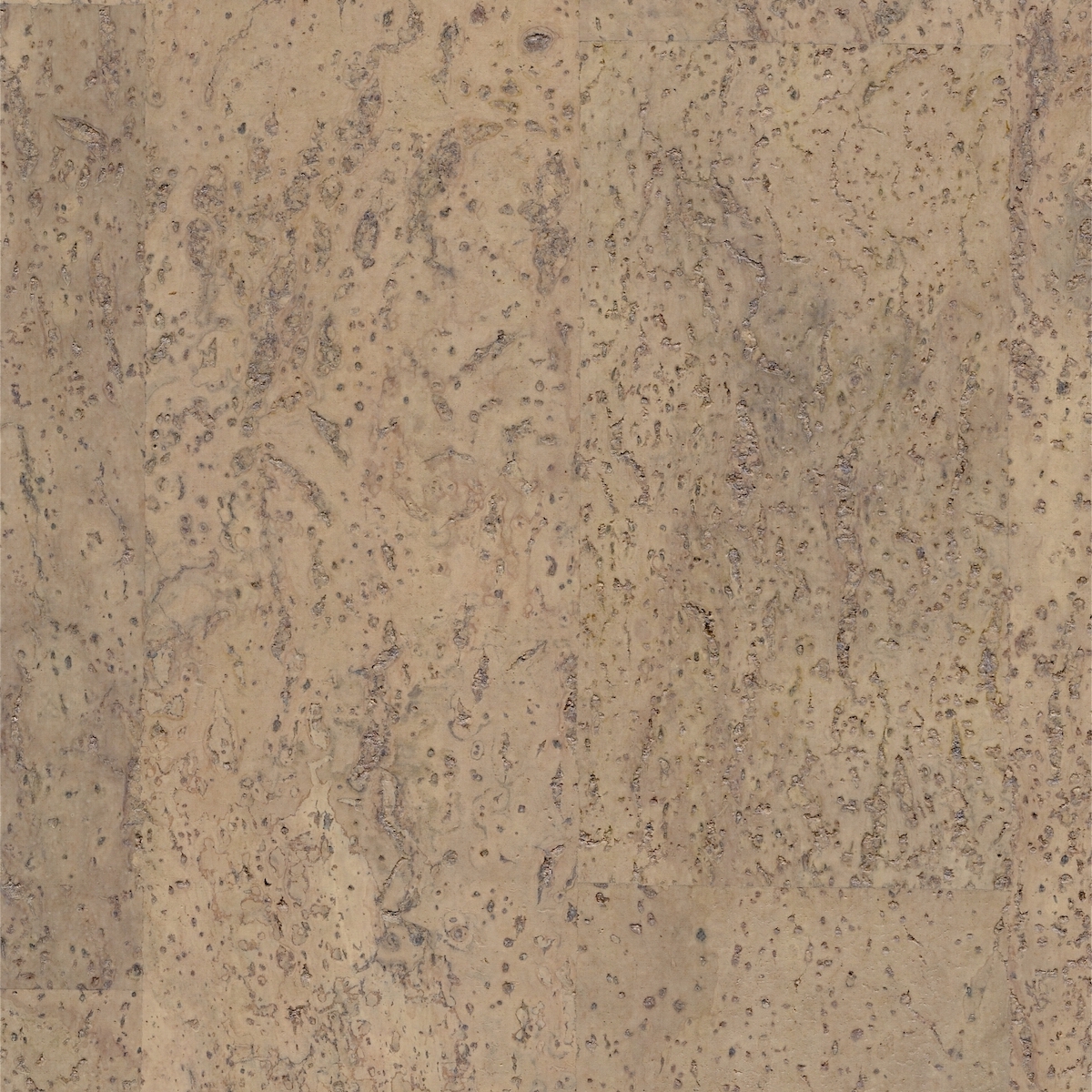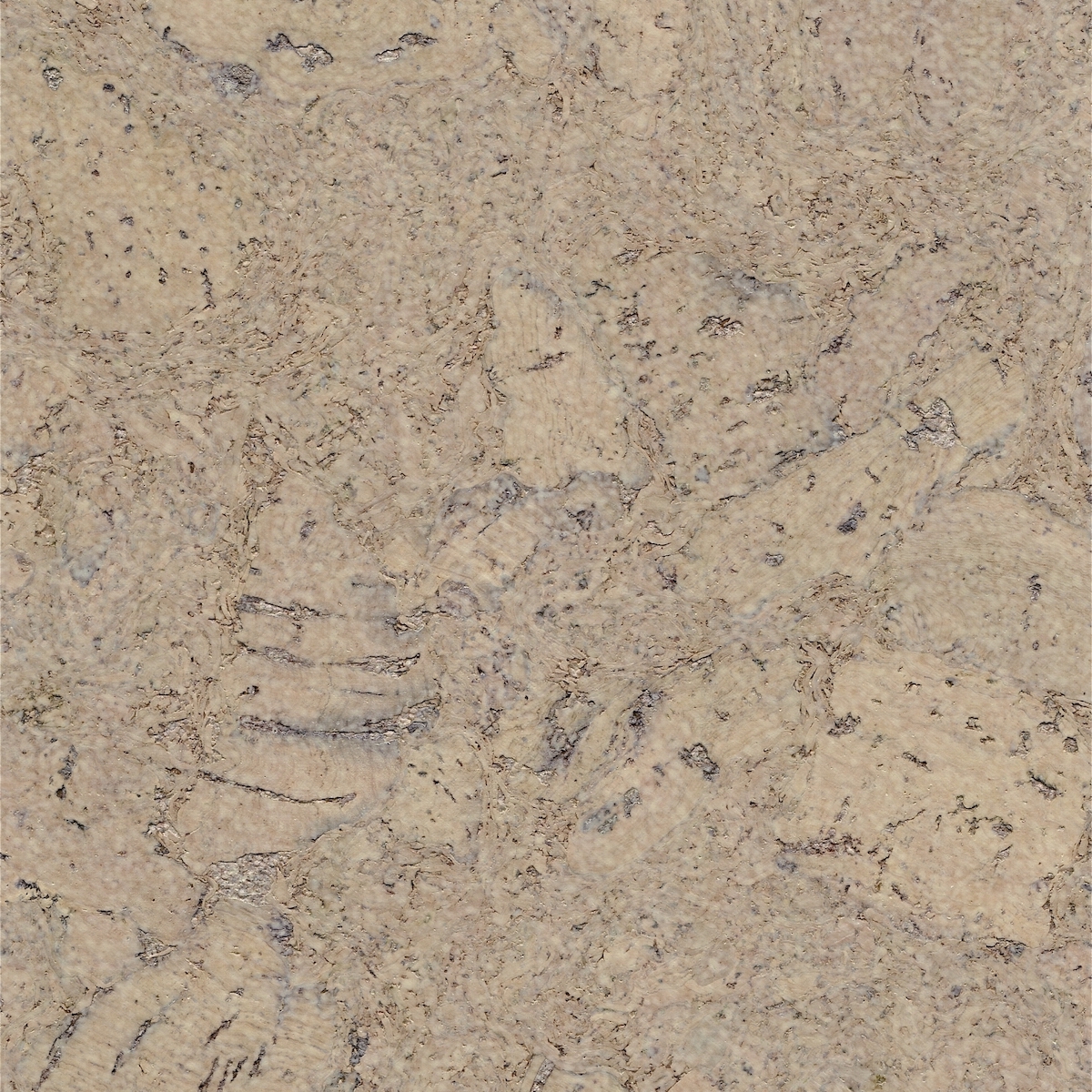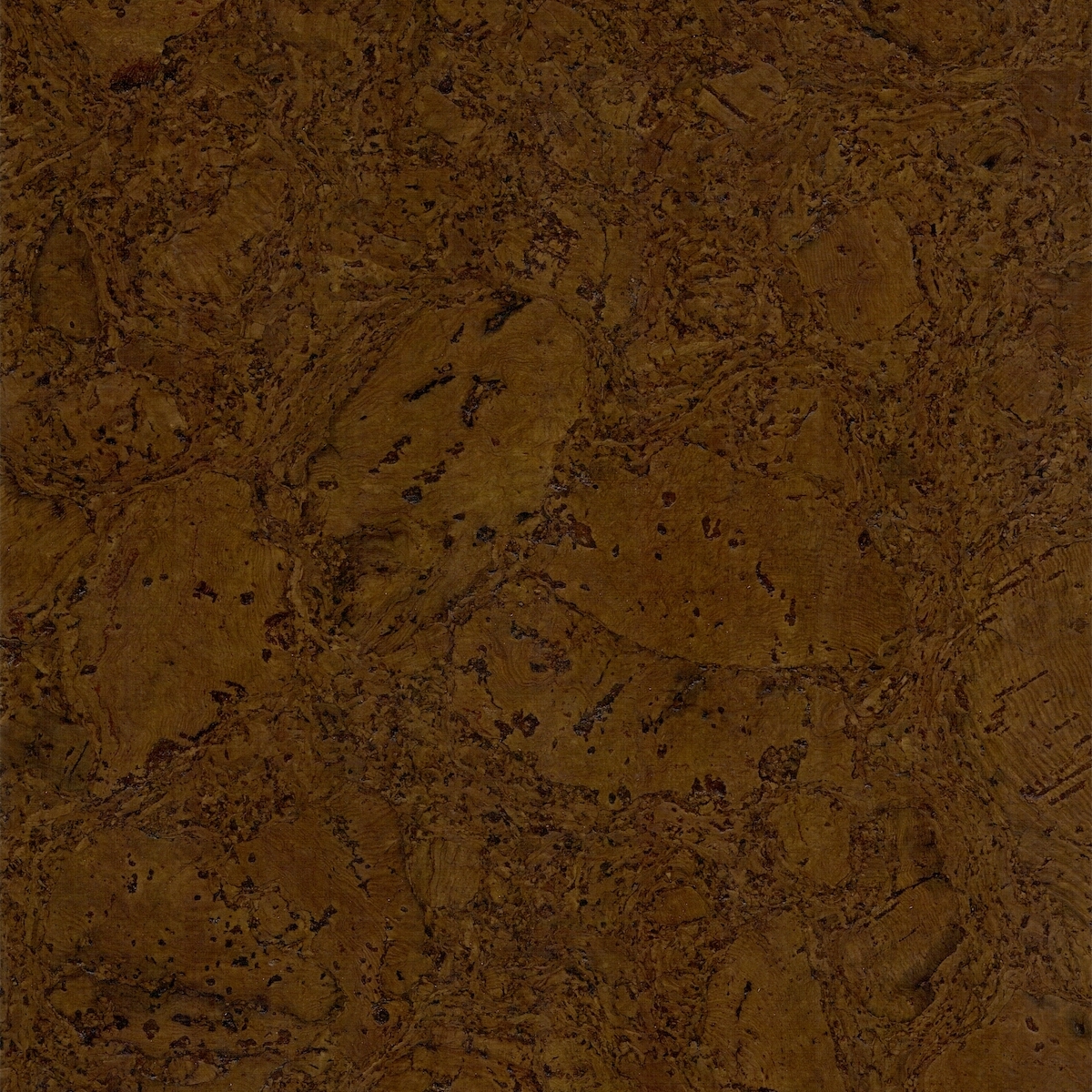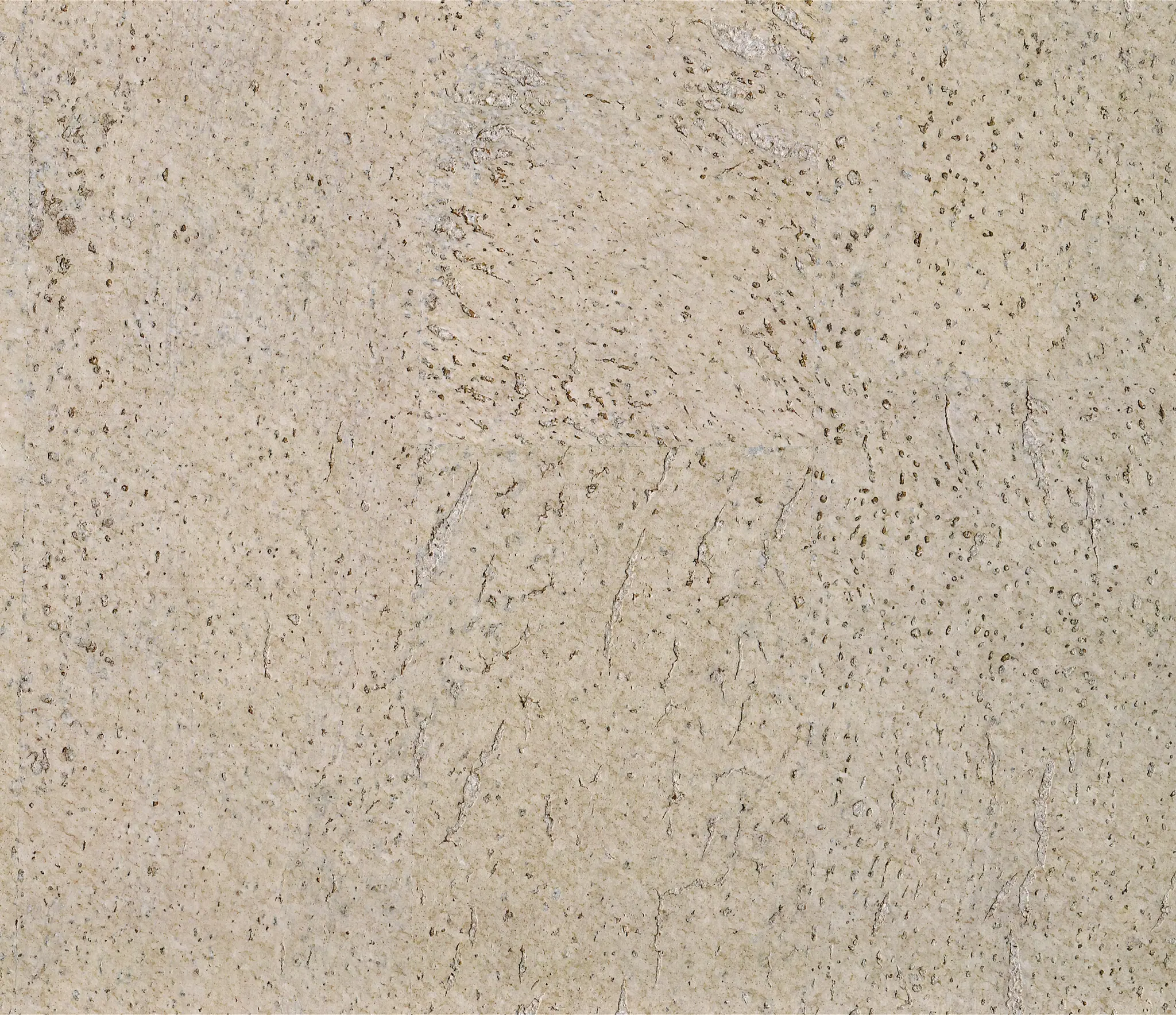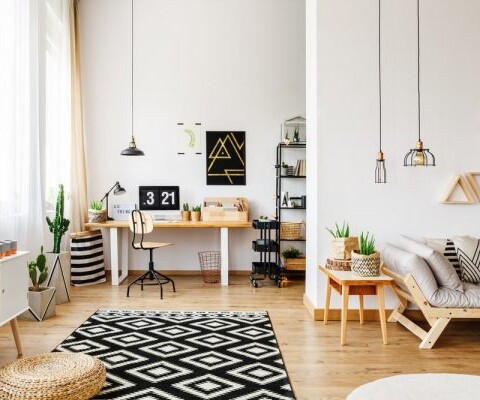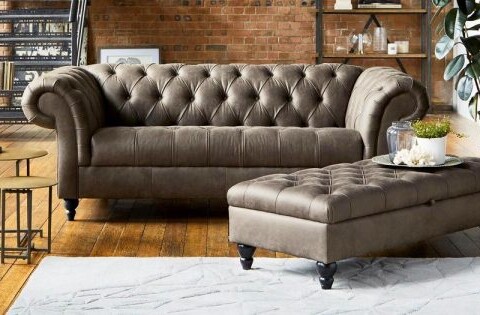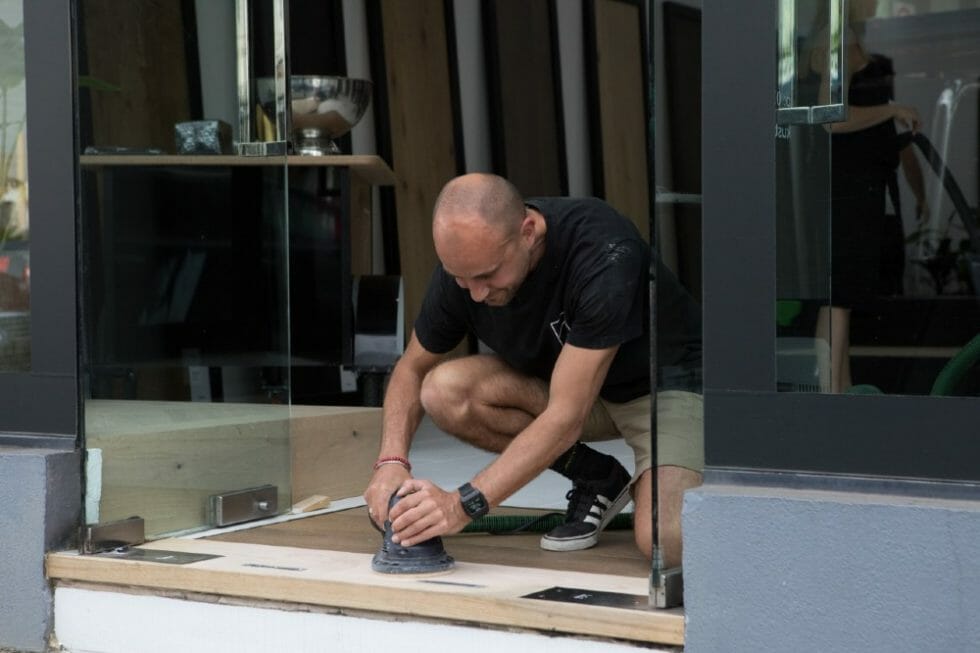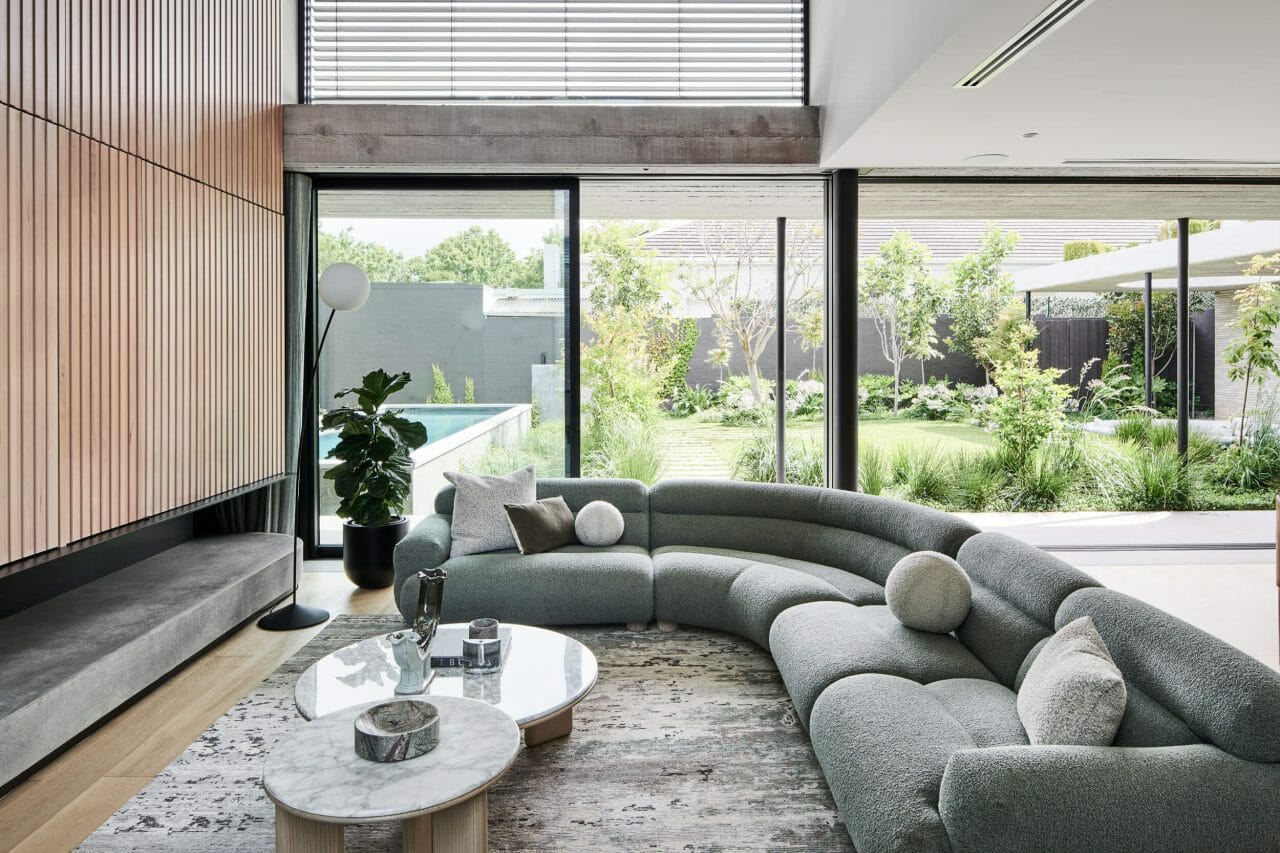1. A Green Choice
Deciding whether or not wood is better for the environment than chemically-laced carpet may seem like a no-brainer, but there is more to the equation. There are several factors included in the life-cycle analysis that measures service life, energy consumption, water usage and air emissions. Timber rates highest in all flooring types in the life-cycle analysis. All other types, like carpet, linoleum and vinyl, cause a high impact on the manufacture, maintenance and recycling involved than wood. When looking at the big picture, timber is the greenest choice.
2. Durability
Both hardwood and engineered timber flooring have stability that far exceeds woven-fibre carpet. Carpet is sold by the roll, and its primary purpose is to provide a soft and warm feeling underfoot. While this a luxurious sensation, the life is short-lived to a few years. Carpet fibres weaken, and padding begins to decompose, causing replacement within a decade.
3. Increase in Home Value
The increase in home value is noted substantially with hardwood flooring. The limited life of carpet is a cost factor when compared to wood that can be preserved for 100 years. Wood can be brought back to a brilliant shine when worn while carpet has to be torn up and replaced. The only areas where wood is not recommended as flooring is where moisture is constant. Baths, laundry rooms, and basements need flooring that is not susceptible to dampness and water.
4. Simple to Maintain
The advantages of timber flooring in maintenance are far cheaper and more convenient than carpeting. Carpet installation can cost between $25 to $45 per square metre and requires regular vacuuming, shampooing and stain removal. Wood floors can be swept, vacuumed or mopped without the worry of invasive bacteria or mould. There may come a point where your timber flooring requires a facelift from years of use, but once replenished with sanding or finish; it will look as good as new.
5. Treats Allergens Naturally
Allergens can be held within the fibres of carpeting. No matter how much vacuuming and shampooing is done, dust is naturally attracted to fibres. Couple this with the fact that carpet is seldom made from natural fibres and synthetic woven fibres can further irritate allergies. Studies have also shown that timber flooring helps to moderate humidity levels and improve indoor air quality.
6. Aesthetics
Flooring made from wood was once reserved for country, rustic and lodge interiors. However, times have changed, and all types of decors are accepting of new colour tones and designs offered by timber flooring. Designs can even be fabricated for luxurious edging or middle-of-the room focal points. Timber flooring is no longer limited to rough interiors but can make an eloquent statement in the most sophisticated homes.
7. Cost Difference
Although hardwood flooring is more expensive than carpet, many homeowners opt for the advantages of timber flooring as an investment. The higher the grade of wood, the more expensive the cost. Installation is also higher for timber flooring due to the precision of board placement and woodwork. Always choose a professional timber floor installer that has the right credentials.
If any or all of these reasons appeal to you for your next flooring project, begin researching the different grades and types of wood available. If you think you’ll miss the interaction with soft carpeting, specific area rugs can be layered over the top of your timber flooring to bring an added level of enhancement to your quality wood floors.
Get in touch with the timber flooring specialists in Melbourne at Kustom Timber today to help bring your new timber floor dreams to life.
